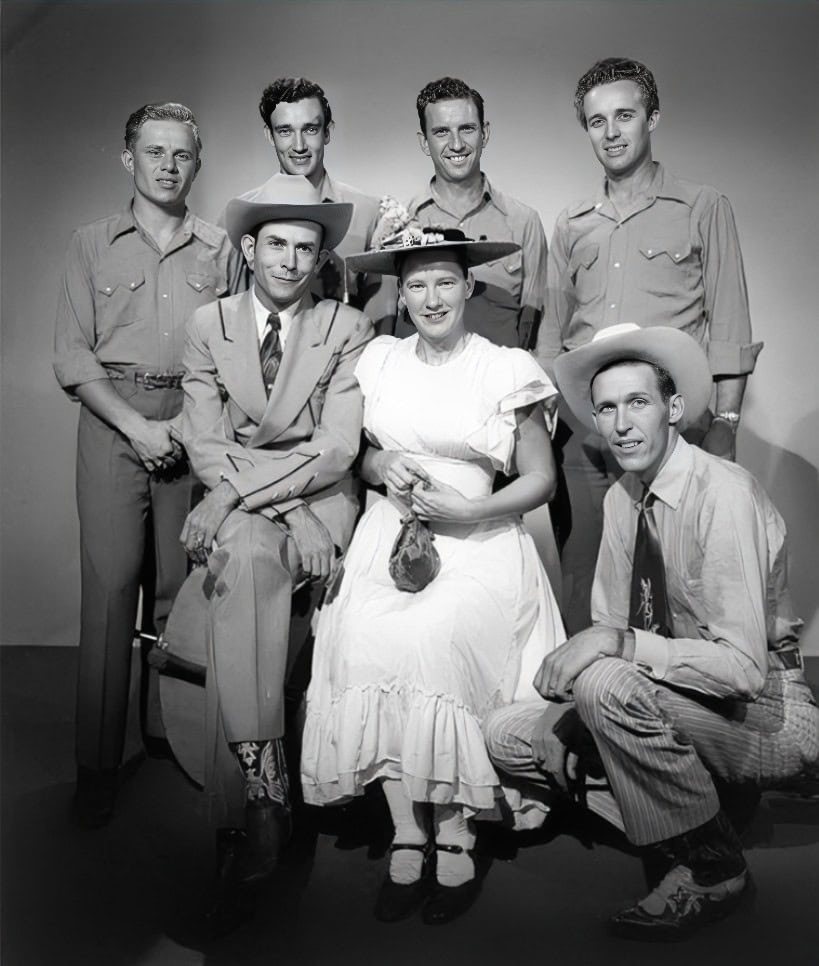
Hank Williams, often hailed as the “Hillbilly Shakespeare,” remains one of the most influential figures in country music history. Born Hiram King Williams in 1923, his short but impactful career cemented his legacy with raw, honest songwriting and a distinctive, heart-wrenching voice. While he battled personal demons that ultimately led to his early death at age 29, his music continues to resonate with audiences worldwide. Among his most enduring and critically acclaimed works is “(I’m So Lonesome I Could Cry),” a haunting ballad released in 1949.
The song achieved immediate success, climbing the Billboard charts and becoming a signature piece for Williams. Though it didn’t reach the very top, its impact far surpassed chart position. Often lauded as a cornerstone of country music, “(I’m So Lonesome I Could Cry)” is celebrated for its poetic lyrics and evocative imagery. The song paints a vivid picture of loneliness and despair, using natural metaphors like the “whippoorwill” and the “midnight train” to amplify the feeling of profound sadness.
The meaning of the song lies in its universal expression of heartache. Williams perfectly captures the all-consuming nature of loneliness, connecting with listeners who have experienced similar feelings of isolation and grief. The song’s power stems from its simplicity and honesty; it doesn’t shy away from the raw emotion of human vulnerability.
Audience feedback has been overwhelmingly positive since its release. Listeners connect deeply with the song’s melancholic beauty and the raw emotion in Williams’ voice. It has been covered by countless artists across various genres, a testament to its enduring appeal and the power of its message. “(I’m So Lonesome I Could Cry)” continues to be recognized as a landmark achievement in songwriting and a timeless representation of the human experience.